28 Bold European Fruit Liqueurs Everyone Should Know
European fruit liqueurs represent a vibrant tapestry of cultural traditions and artisanal craftsmanship.
Delightful spirits capturing the essence of sun-ripened produce through meticulous distillation techniques.
Generations of passionate artisans have perfected recipes passed down through family lines.
Sweet, potent, and bursting with regional character, these liqueurs reflect the rich agricultural heritage of different European landscapes.
Each bottle tells a unique story of local ingredients and time-honored brewing methods.
Passionate collectors and casual enthusiasts alike appreciate the nuanced flavors and historical significance of these remarkable beverages.
The world of European fruit liqueurs offers a tantalizing journey through taste and tradition: 24 Legendary European Fruit Liqueurs:
European Fruit Liqueur Types That Stand Out
Discover the world of European fruit liqueurs, where every bottle is a taste of summer orchards. Let these vibrant varieties add joy to your next sip or dessert.
Ginjinha
Ginjinha represents Portugal's celebrated sour cherry liqueur originating from traditional Cistercian monk recipes in regions like Obidos and Alcobaca.
Deep ruby red with intense cherry fragrances, this smooth liqueur balances subtle sweetness and strong alcohol notes.
Bartenders serve ginjinha neat in small shot cups, often accompanied by the alcohol-soaked cherry itself.
Natural ingredients define its authentic production, avoiding artificial preservatives.
Lisbon and Algarve particularly embrace this regional specialty.
Portuguese residents enjoy ginjinha as both an aperitif and digestif.
Versatile in nature, ginjinha also works wonderfully in creative cocktail preparations.
Regional traditions make this liqueur a genuine Portuguese cultural treasure.
Limoncello
Limoncello is a zesty Italian liqueur bursting with bright lemon flavors from the Amalfi Coast and Capri region.
Sweet and aromatic, this bright yellow spirit captures the essence of southern Italian citrus traditions.
Neutral spirits infused with lemon zest create its signature intense flavor profile.
Producers carefully blend the infused spirit with sugar and water, then filter the mixture after a specific resting period.
Traditionally served well-chilled in ice-cold glasses, limoncello functions as both an aperitif and digestif.
Bartenders frequently use it in cocktails and mixed drinks.
Home cooks also incorporate this liqueur into dessert recipes.
First officially patented in 1988, limoncello remains a beloved Italian beverage that celebrates regional citrus culture.
Grand Marnier
Grand Marnier Cordon Rouge is a luxurious French liqueur blending premium cognacs with intense bitter orange essence, crafted by Louis Alexandre Marinet Lapostolle in 1880.
Slow aging in French oak casks creates its signature smooth character and complex flavor profile.
Bartenders and mixologists prize this sophisticated spirit for cocktails and culinary applications worldwide.
French cuisine especially celebrates Grand Marnier in classic desserts like crepes Suzette.
Chefs use it to enhance sweet and savory dishes with distinctive orange-cognac notes.
Alcohol content reaches 40% by volume, making it a potent and refined liqueur.
Lapostolle's original recipe remains a closely guarded secret, contributing to its mystique.
Cordon Jaune, a lighter version made with neutral grain spirits, offers an alternative for different palates.
Cointreau
Cointreau is a premium orange liqueur masterfully crafted by the Cointreau brothers through a precise distillation process of sweet and bitter orange peels.
First registered as triple sec in 1885, this iconic liqueur delivers an intensely concentrated flavor profile with a slightly sweet and fresh character.
Renowned globally, Cointreau serves as a critical ingredient in world-famous cocktails like Margarita, Sidecar, and Cosmopolitan.
Its unique production method involves carefully selecting and blending orange peels to create a balanced, smooth spirit.
French bartenders and mixologists prize Cointreau for its versatility and exceptional quality.
Distilled with meticulous attention to detail, the liqueur maintains its original recipe and reputation for excellence.
Since its creation, Cointreau has become a staple in bars worldwide.
Aperol
Aperol is an iconic Italian liqueur from Padua that revolutionized cocktail culture with its distinctive bitter-sweet orange and herbal profile.
Created in 1919 by the Barbieri brothers, this low-alcohol spirit boasts a unique 11% ABV that makes it supremely mixable.
Its vibrant orange hue and complex flavor blend bitter oranges, rhubarb, and aromatic herbs into a refreshing aperitif.
Bartenders worldwide have embraced Aperol as the star ingredient in Aperol Spritz, the trendy cocktail combining Prosecco, soda water, and the liqueur.
Typically served over ice, Aperol complements citrus and fruit juices beautifully.
Italian social traditions inspired its creation as a pre-dinner drink designed to stimulate appetite.
Bar patrons enjoy Aperol's light, approachable taste that bridges sweet and bitter flavor profiles.
International popularity has transformed Aperol from a regional specialty to a global cocktail sensation.
Maraschino
Maraschino liqueur transforms Marasca cherries into a complex spirit with deep Croatian roots dating back to 16th-century Dominican monks in Zadar.
Francesco Drioli launched commercial production in the 18th century during Venetian Republic control, creating a distinctive cherry liqueur made from entire fruits including bitter pits.
Yugoslavia's government later consolidated production under Maraska enterprise after mid-20th-century political disruptions.
Croatian distillers carefully select and press Marasca cherries to extract an intense, aromatic liquid with subtle bitter undertones.
Traditional production methods preserve the liqueur's original recipe and unique flavor profile.
European bartenders frequently use Maraschino in classic cocktails like the Aviation and Martinez.
Modern distilleries continue crafting this premium spirit using centuries-old techniques.
Maraschino remains an important cultural export representing Croatia's rich alcoholic beverage heritage.
Triple Sec
Triple sec is a potent French orange liqueur distilled from dried orange peels with a neutral spirit, originating in France during the 1830s.
Combier distillery from Saumur and Cointreau compete as the most prominent producers of this clear, aromatic spirit.
The term "triple sec" translates as "triple dry" and reflects its intense orange flavor and high alcohol content.
Distillers macerate orange peels to extract deep citrus essence, creating a versatile liqueur used in many cocktails worldwide.
Bartenders prize triple sec for its crisp, clean taste and ability to enhance mixed drinks.
Its alcohol percentage typically ranges between 20-40%, making it stronger than many fruit liqueurs.
Historically disputed, the liqueur's exact origin remains a point of pride between French distilleries.
Triple sec remains a fundamental ingredient in classic cocktails like margaritas and cosmopolitans.
Licor 43
Licor 43 is a golden-hued Spanish liqueur born from a secret family recipe with exactly forty-three ingredients, creating a complex and smooth drinking experience.
Developed by the Zamora family in the 1940s, this sweet liqueur traces its inspiration to an ancient elixir called liqvor mirabilis.
Vanilla, citrus, and warm spices dominate its aromatic profile, giving it a distinctive and memorable character.
Drinkers savor Licor 43 chilled, either straight on the rocks or mixed into creative cocktails.
Bartenders appreciate its versatility in crafting unique beverage combinations.
Its golden color and rich flavor make it a popular digestif across Spain and beyond.
The liqueur's mysterious origin and precise ingredient count continue to intrigue spirit enthusiasts worldwide.
Picon
Picon is a potent French orange-flavored liqueur crafted during World War I as an innovative malaria remedy by soldier Gaetan Picon.
French soldiers in Algeria inspired its unique blend of neutral alcohol, caramel, and medicinal herbs like orange zest, gentian root, and cinchona bark.
Distilled with complex botanical ingredients, this bittersweet drink provides a distinctive flavor profile combining herbal and citrus notes.
Quinine from cinchona bark originally helped combat malaria, making the liqueur both therapeutic and flavorful.
Bartenders frequently mix Picon with beer, creating a refreshing aperitif popular across France.
Traditional preparation involves carefully balancing bitter and sweet elements to create a smooth drinking experience.
Originally developed as a medicinal tonic, Picon has transformed into a beloved alcoholic beverage enjoyed by many.
Its rich history and unique taste continue to make it a fascinating French liqueur with deep cultural roots.
Pacharan
Pacharan is a traditional Spanish liqueur originating in Navarre, crafted by steeping sloe berries in anise-flavored spirits to create a uniquely sweet and potent drink.
Spanish families have brewed this mahogany-colored liqueur for centuries, tracing its roots back to medieval times.
Artisan producers carefully macerate sloes for months, often adding roasted coffee beans, bay leaves, or herbs to enhance complexity.
Specialty brands experiment with different ingredient combinations, creating nuanced flavor profiles.
Regional variations highlight local agricultural traditions and ingredient availability.
Traditional preparation methods involve patient infusion, allowing the berries to release deep, rich flavors.
Alcohol content typically ranges between 25-30% ABV, making it a robust after-dinner digestif.
Pacharan serves as a beloved social beverage shared during gatherings and celebrations across Spain.
Passoa
Passoa is a vibrant French passion fruit liqueur crafted from Brazilian passion fruits since 1985, offering a unique tropical drinking experience at 17% alcohol content.
Bartenders worldwide favor this liqueur for its intense passion fruit aroma and complex flavor profile.
Sweet honey notes perfectly balance the zesty citrus undertones, creating a smooth and refreshing taste sensation.
Mixologists frequently use Passoa in cocktails to add exotic depth and fruity complexity.
Brazil's premium passion fruits provide the core ingredient, ensuring exceptional quality and authentic flavor.
French distillation techniques transform the tropical fruit into a sophisticated liqueur.
Cocktail enthusiasts appreciate its versatility in creating dynamic mixed drinks.
Passionate drinkers enjoy Passoa both as a standalone spirit and within creative beverage combinations.
Rinquinquin
Rinquinquin is a beloved Provencal peach-infused aperitif with an intensely aromatic profile crafted from white wine and fresh peaches.
French distillers blend white wine with ripe peaches and peach leaves to create this sweet, fruity liqueur.
Originating in Provence, the traditional recipe comes from Distilleries et Domaines de Provence.
Bartenders serve Rinquinquin well-chilled, either neat, on rocks, or mixed with tonic or sparkling water.
Its smooth flavor makes it an excellent cocktail ingredient.
Summer gatherings often feature this refreshing drink as a light, flavorful starter.
Peach lovers especially enjoy its natural, intense fruit essence.
Mandarinetto
Mandarinetto sparks pure Sicilian citrus magic with its bright, intense mandarin orange essence extracted through a meticulous alcohol maceration process.
Sicilian farmers carefully select ripe, organic mandarin oranges for their unique liqueur production.
Artisan distillers peel fresh mandarin skins and soak them in neutral alcohol to capture maximum flavor intensity.
Rich, golden-hued liqueur emerges after careful sweetening and water blending to balance alcohol levels.
Small-batch production ensures premium quality and authentic regional taste.
Traditional methods passed through generations define this distinctive spirit.
Regional pride connects each bottle to Sicily's agricultural heritage.
Mediterranean sunshine infuses every sip with vibrant, zesty character.
Amaranca
Amaranca represents a prized Sicilian orange-flavored amaro crafted from an authentic family recipe, capturing the essence of Mount Etna's botanical landscape.
Wild Sicilian oranges (Citrus aurantium) and carefully selected herbs infuse this artisanal liqueur with complex herbal and citrusy notes.
Subtle bitterness defines its sophisticated flavor profile, making it an exceptional aperitif or digestif.
Bartenders and spirits enthusiasts appreciate its versatility in serving styles, whether enjoyed neat, chilled, or over ice.
Orange zest or fresh mint can enhance its aromatic experience.
Traditional Sicilian production methods ensure each bottle reflects regional botanical character.
Small-batch crafting guarantees premium quality and unique taste.
Fatourada
Fatourada represents a traditional Greek liqueur from Kythira island, crafted through generations with complex citrus-infused pomace spirit.
Originating in the 14th century among wealthy families, this orange-flavored liqueur blends tsipouro with local citrus fruits and aromatic spices.
Distillers carefully balance subtle bitter notes with dried fruit and warm spice undertones.
Mediterranean craftsmen create this unique spirit using time-honored techniques passed down through centuries.
Subtle citrus elements provide a refreshing complexity to its flavor profile.
Locals typically serve fatourada as an aperitif or digestif, either neat or over ice.
Skilled artisans sometimes incorporate it into cocktail recipes.
Complementing regional desserts, fatourada offers a glimpse into Kythira's rich culinary heritage.
Damson Gin
Damson gin is a deep red British liqueur crafted by steeping ripe damson plums in gin and sugar for months, creating an intensely fruity spirit with complex flavor profiles.
British distillers traditionally prepare this liqueur by carefully infusing whole plums in high-quality gin, allowing natural fruit juices to blend seamlessly with alcohol.
Sweet and tart notes emerge from the lengthy steeping process, transforming simple ingredients into an elegant drinking experience.
Straining removes fruit solids while preserving rich, concentrated flavors.
Bartenders and home enthusiasts serve damson gin chilled or over ice, enjoying its smooth texture and robust taste.
Winter gatherings often feature this liqueur as a warming digestif or cocktail ingredient.
Remaining plum fruit can be repurposed in desserts or preserves after infusion.
Regional variations across United Kingdom reflect local gin-making traditions and seasonal damson harvests.
Kitron
Kitron is a rare Greek liqueur crafted exclusively on Naxos island from citron tree leaves, distinguished by its unique three-tiered strength profile ranging from sweet green (30% ABV) to potent yellow (36% ABV).
Greek distillers carefully macerate citron leaves in neutral alcohol, creating a distinctive spirit through meticulous extraction and distillation processes.
Craftsmen blend the distilled essence with precise amounts of sugar and water to develop its signature flavor.
Colorless kitron offers a moderate 33% ABV for balanced drinking experiences.
Traditional production methods ensure each batch maintains authentic characteristics passed through generations.
Mediterranean cocktail enthusiasts prize this liqueur for its complex citrus notes and smooth finish.
Naxos islanders consider kitron a cherished cultural beverage representing their agricultural heritage.
Regional distilleries continue producing small batches using time-honored techniques.
Zedda Piras
Zedda Pirasis is a smooth Sardinian myrtle liqueur crafted from wild island berries that captures the essence of Mediterranean botanical spirits.
Small myrtle berries handpicked across Sardinia are carefully macerated in alcohol, creating a rich and intense liquid with deep herbal aromas.
Francesco Zedda founded the original company in Cagliari, establishing a regional tradition of exceptional berry liqueur production.
Campari acquired the brand in the 1990s, maintaining the original recipe and traditional preparation methods.
Artisan distillers macerate the berries, then sweeten and filter the alcohol to create a complex drink.
Sardinian myrtle gives the liqueur its distinctive dark color and intense flavor profile.
You can enjoy Zedda Pirasis as a digestif or in cocktail preparations.
Italians often serve this liqueur chilled as a post-dinner drink.
Oranjebitter
Oranjebitter is a vibrant Dutch liqueur with a rich royal heritage, originally crafted in the 17th century as a complex orange-flavored spirit symbolizing national pride.
Dutch monarchs popularized this distinctive beverage during William I's coronation in 1814, transforming it from a simple sugar-based drink to a more nuanced bitter liqueur.
Modern versions balance sweet and bitter orange notes with subtle spice undertones, creating a unique flavor profile that captivates drinkers.
Distillers carefully blend citrus essences and traditional techniques to produce its signature bright orange color.
Alcohol content typically ranges between 20-30%, making it a potent celebratory drink.
Oranjebitter reaches peak popularity during Kings Day, an annual Dutch national holiday marked by widespread festivities.
Traditionally served in small glasses, this liqueur remains deeply connected to Netherlands' cultural traditions.
Its complex flavor and historical significance continue to make it a beloved national beverage.
Gran Gala
Gran Gala is a luxurious orange-flavored liqueur featuring a sophisticated blend of Italian VSOP brandy and fresh orange infusion.
Originating in Trieste, Italy, this amber-colored spirit delivers a complex sensory experience with rich aromas of fresh oranges, zest, and candied citrus.
Sazerac now imports and bottles this velvety smooth liqueur, which offers a warming finish with elegant notes of caramel, vanilla, cocoa, and subtle spices.
Its full-bodied character makes Gran Gala versatile for sipping neat, serving over ice, or mixing into cocktails.
Alcohol enthusiasts appreciate its deep orange essence and smooth brandy foundation.
Sophisticated drinkers enjoy its layered flavor profile and silky texture.
Mixologists value its ability to enhance both classic and modern drink recipes.
Gran Gala represents an exceptional Italian liqueur that bridges traditional craftsmanship with contemporary drinking preferences.
Aurum
Aurum liqueur shines as a sophisticated brandy-based orange spirit crafted in Pescara, Italy, blending aged brandy with intense orange essence and a touch of saffron for its signature golden hue.
Distillers carefully infuse the base brandy with fresh orange flavors, creating a complex and smooth drinking experience.
Saffron contributes not just color but depth to the liqueur's profile.
Artisan producers age the spirit to enhance its rich character and subtle nuances.
Alcohol content typically ranges between 38-40%.
Locals enjoy Aurum as a digestif or in cocktail preparations.
Italians traditionally serve it chilled or at room temperature.
Regional pride surrounds this unique regional specialty from Abruzzo.
Bargnolino
Bargnolino represents an artisanal Italian liqueur crafted from sloe berries (blackthorn) with deep regional roots in northern Italy.
Families across different territories create unique variations of this traditional spirit by carefully macerating dark sloe berries in neutral alcohol for several weeks.
Wine often enhances the liqueur's complex flavor profile, while subtle spices like vanilla, cinnamon, or citrus zest may be added during preparation.
Sweetening occurs after the initial maceration process, transforming the raw ingredients into a smooth, subtly sweet beverage.
Dark mahogany color signals the liqueur's rich character and traditional production method.
Small-batch production ensures each bottle carries distinctive regional nuances.
Homemade versions typically range between 30-40% alcohol content.
Italians traditionally enjoy bargnolino as a digestif after meals, sipping it slowly to appreciate its intense berry essence.
Mirinello Di Torremaggiore
Mirinello sparks intense cherry flavor through a traditional Italian liqueur crafted from wild cherries near Torremaggiore.
Artisan producers carefully hand-pick small, ripe cherries from local trees in precise harvesting methods.
Steep time requires at least one month of alcohol immersion to extract deep fruit essences.
Skilled distillers filter the macerated mixture with meticulous attention to quality.
Sugar and water balance transform the concentrated cherry extract into a smooth liqueur.
Alcohol content typically ranges between 30-40% for a robust drinking experience.
Regional techniques pass through generations of Italian families.
Small-batch production ensures exceptional taste and authentic regional character.
Nanassino
Nanassino stands as a unique Italian liqueur crafted from ripe prickly pears harvested exclusively in southern Italy's sun-drenched regions.
Native to Amalfi coast, Salento, and Cilento, this distinctive spirit captures the essence of wild-growing fichi d'India fruit gathered at summer's end.
Regional producers carefully select and process the vibrant prickly pears to extract their rich, sweet flavors.
Each batch transforms the colorful fruit into a smooth, amber-hued liqueur with intense fruity notes.
Traditional preparation methods involve carefully removing prickly pear spines and pressing the soft interior to release natural sugars.
Family recipes passed through generations ensure authentic production techniques remain intact.
Small-batch distilleries maintain strict quality standards during fermentation and aging processes.
Southern Italian communities celebrate this liqueur as a treasured representation of their agricultural heritage.
Top European Fruit Liqueur Producers to Watch
Meet the makers behind Europe’s most celebrated fruit liqueurs. Each producer brings generations of passion and artistry to your glass.
A Ginjinha
Ginjinha represents a classic Portuguese sour cherry liqueur born from a Galician monk's secret recipe in 1840, capturing Lisbon's rich drinking culture through its intense sweet-tart flavor.
Crafted by infusing sour cherries in aguardente, this potent spirit offers a unique drinking experience served in small glasses.
Espinheira's original bar in Lisbon remains a popular destination for both locals and tourists seeking an authentic taste of traditional Portuguese liqueur.
Customers can choose to enjoy the drink com ou sem elas, meaning with or without the soaked cherries in the glass.
Its deep red color and smooth texture make it a memorable beverage that connects people to Portugal's culinary heritage.
Tourists often visit the original bar to sample this iconic drink and understand its cultural significance.
Generations have passed down the original recipe, maintaining its authentic preparation method.
Small glasses of ginjinha continue to be a beloved ritual in Lisbon's vibrant social scene.
Licobidos
Ginja Mariquinhas represents a traditional Portuguese sour cherry liqueur crafted by LicObidos, a family business since 1949.
Derived from over 22,000 sour cherry trees, this 100% natural liqueur boasts a clear ruby color with intense cherry essence.
LicObidos ensures self-sufficiency and premium quality by maintaining strict production standards.
Inspired by Portuguese cultural symbols like Fado music and filigree, the liqueur captures national heritage in every sip.
Completely free from artificial colorings and preservatives, Ginja Mariquinhas delivers an authentic flavor experience.
Passionate artisans carefully select and process cherries to create this distinctive beverage.
Sour cherry notes dominate the liqueur's profile, offering a genuine taste of Portuguese tradition.
European Fruit Liqueurs to Sip and Savor
Sweet, bold, and endlessly flavorful, European fruit liqueurs turn any moment into a celebration. Explore which bottles are perfect for sharing or quiet indulgence.
A Ginjinha Espinheira
Ginjinha is a sweet Portuguese cherry liqueur infused with sour cherries and sugar, creating a tangy alcoholic drink that captures Lisbon's vibrant spirit.
Portuguese bartenders craft this traditional beverage by steeping local ginja cherries in brandy or alcohol, carefully balancing sugar to achieve its signature flavor profile.
First produced in the 1800s, the liqueur became popular in small Lisbon taverns like the famous A Ginjinha bar near Rossio Square.
Locals and tourists enjoy drinking ginjinha in tiny shot glasses, often choosing between "com elas" (with cherries) or "sem elas" (without cherries).
Alcohol content typically ranges between 16-18 percent, making it a potent yet smooth beverage.
Traditional preparation involves selecting ripe sour cherries and allowing them to macerate in high-quality spirits.
Bartenders serve the liqueur chilled or at room temperature, depending on preference.
LicObidos Ginja Mariquinhas
Ginja Mariquinhas is a classic Portuguese sour cherry liqueur that captures Portugal's deep culinary traditions through its pure, intense flavor profile.
LicObidos crafts this 100% natural liqueur using carefully cultivated sour cherry trees from their own orchards since 1949.
Skilled artisans create a ruby-red drink without artificial additives, ensuring authentic taste and quality.
Portuguese cultural elements like Fado music and traditional embroidery inspire the liqueur's elegant design.
Each batch reflects meticulous production standards that preserve the rich sour cherry essence.
Small-batch production guarantees a premium drinking experience for spirit enthusiasts.
Alcohol content and intense cherry notes make this liqueur perfect for post-dinner sipping.
Portuguese families have long enjoyed this smooth, aromatic spirit as a beloved regional specialty.
Where Can You Taste the Best Fruit Liqueurs in Europe?
Europe is home to many regions renowned for their exquisite fruit liqueurs, each offering unique flavors tied to local fruits and traditions:
Visiting these regions allows you to savor authentic fruit liqueurs crafted with tradition and local expertise.

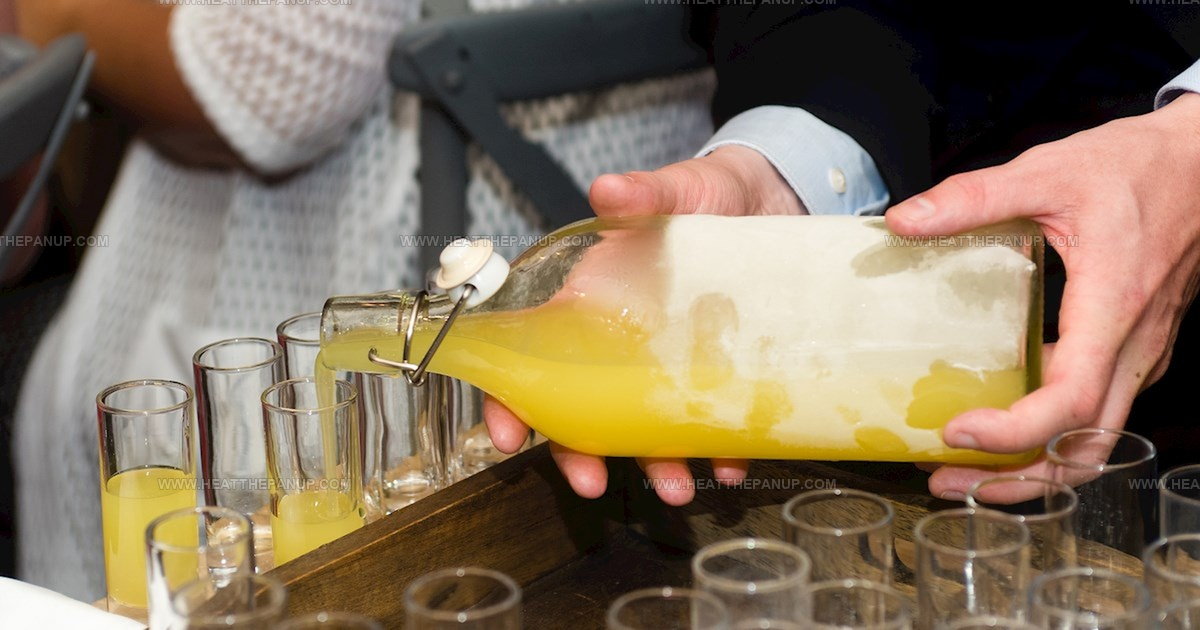
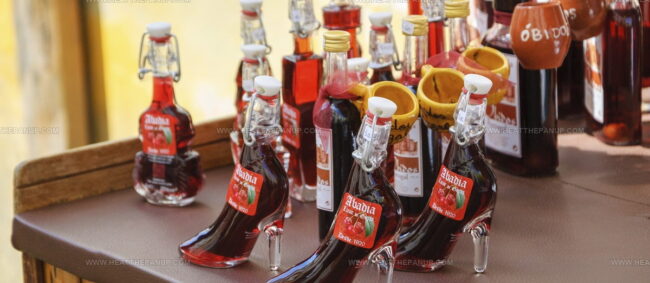
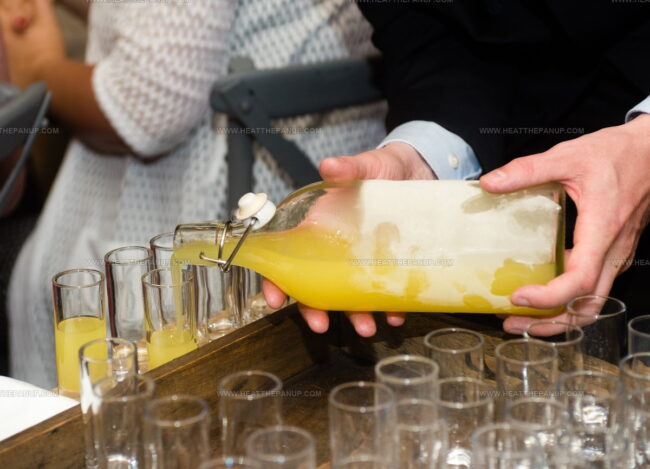
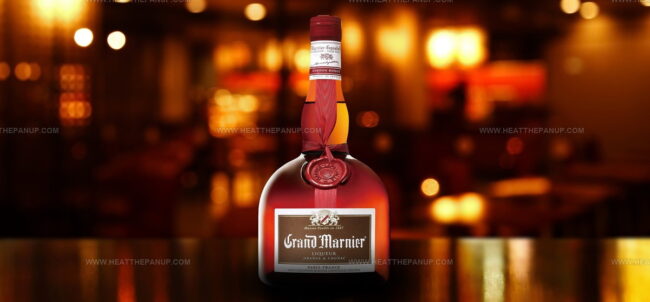
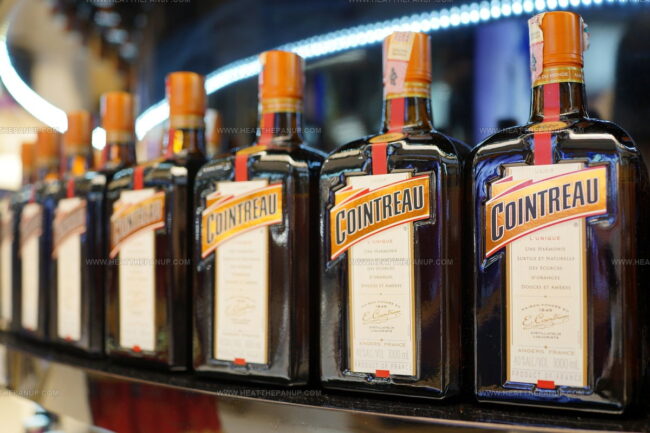
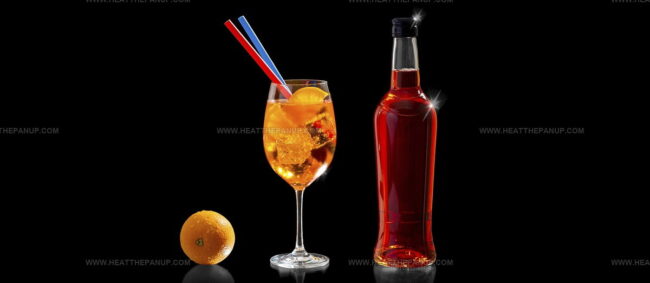
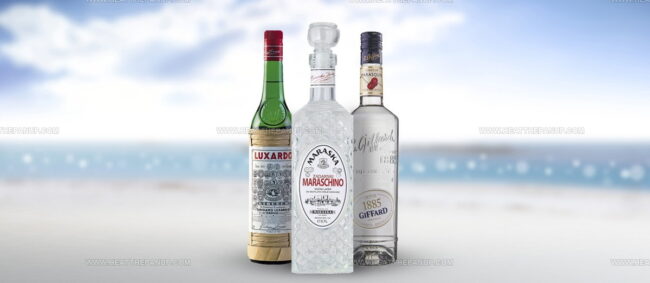
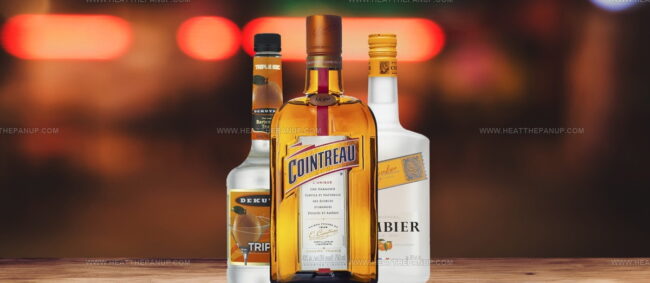
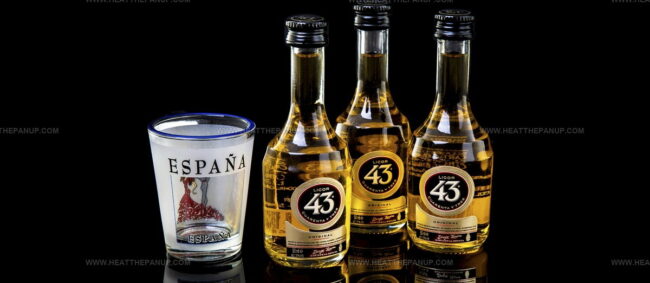
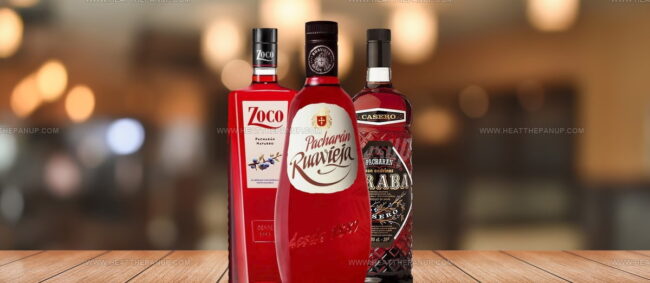

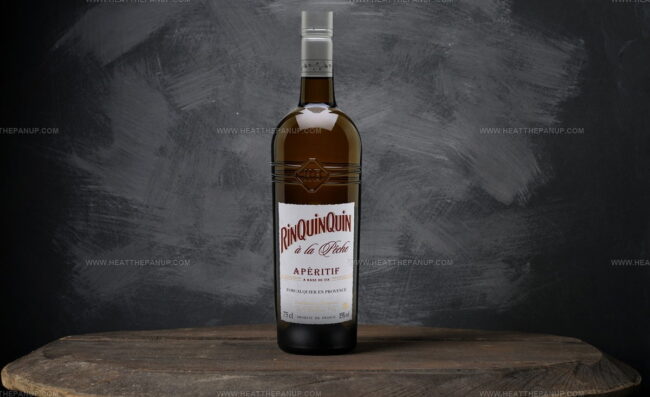
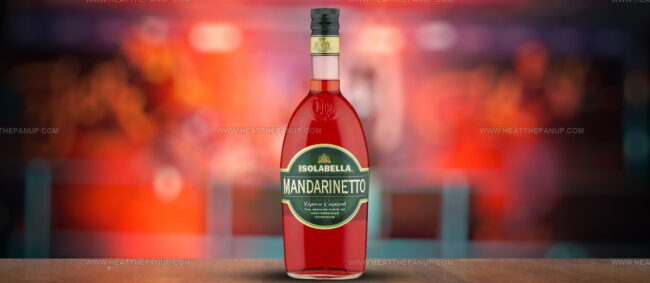
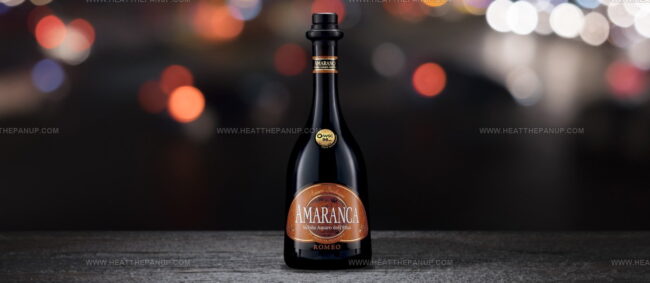

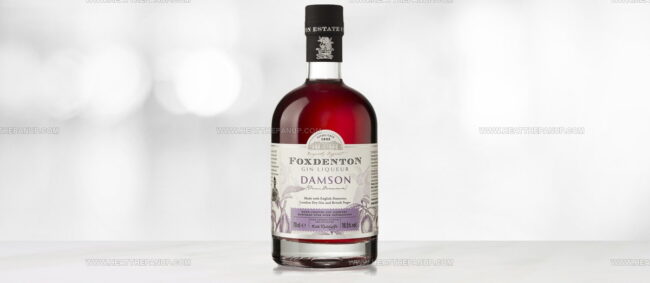
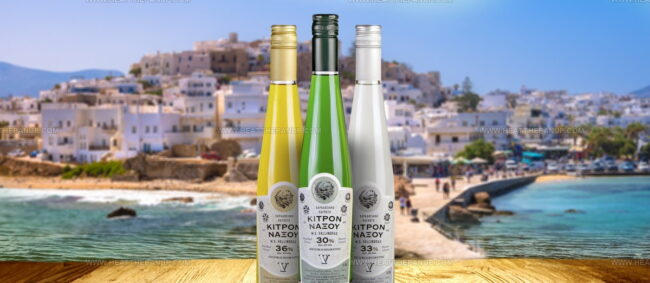
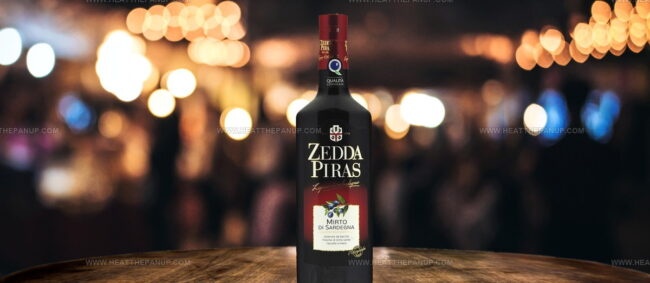


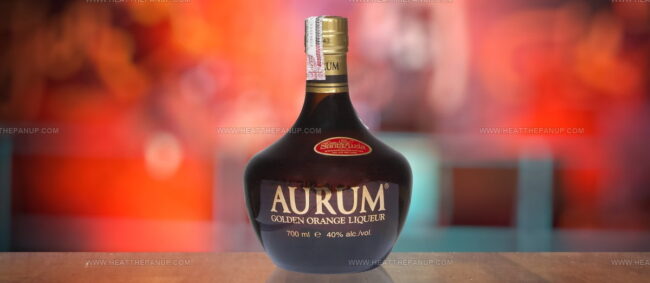
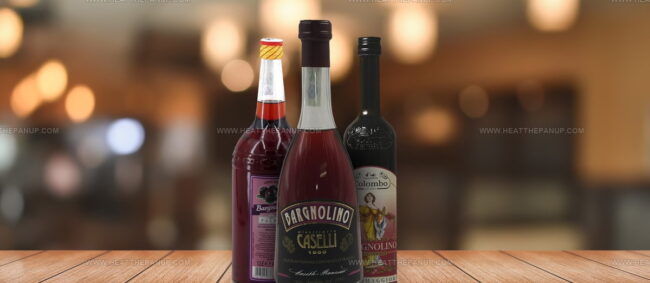

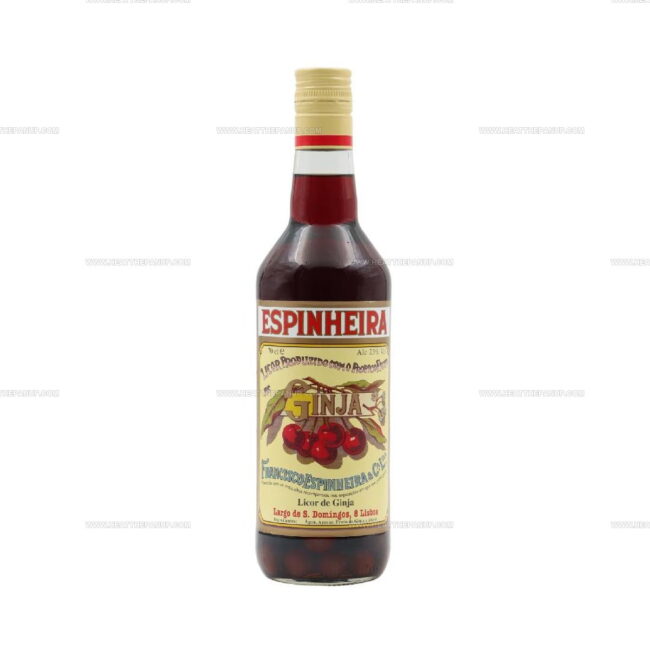
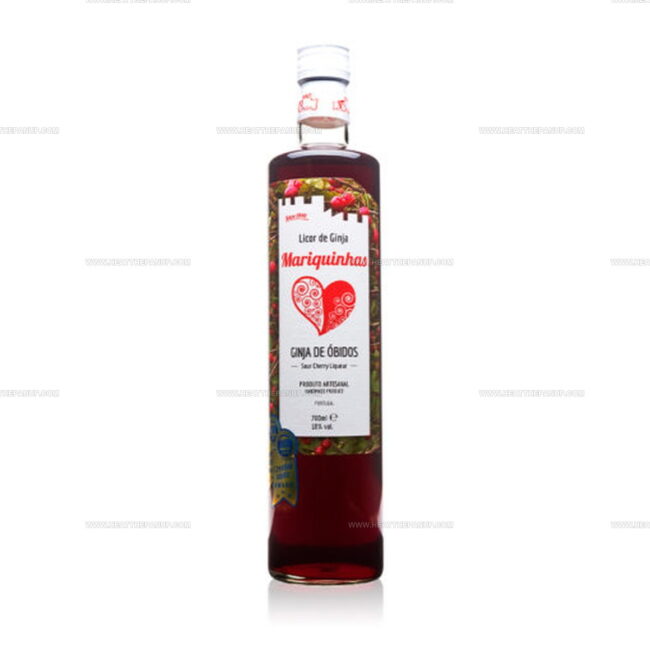
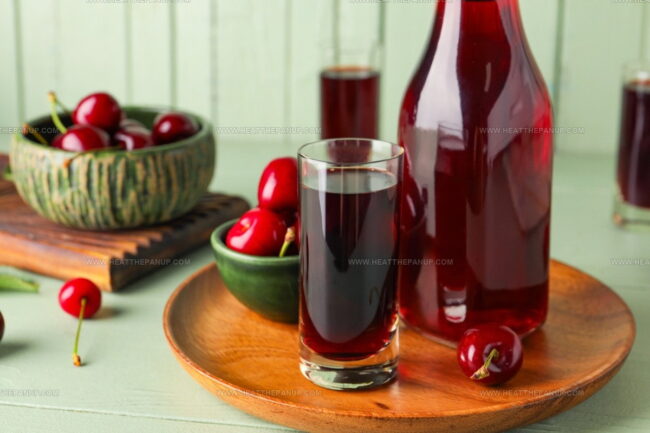
Angelina Wiles
Content Editor & Culinary Enthusiast
Expertise
Food Writing and Editing, Vegetarian and Vegan Cuisine, Baking and Pastry Arts, Sustainable Cooking Practices
Education
Portland Community College
Certificate in Culinary Arts
Focus: Emphasis on sustainable cooking practices, vegetarian cuisine, and food writing.
Oregon Culinary Institute
Diploma in Baking and Pastry Arts
Focus: Specialized training in artisanal baking, pastry techniques, and dessert presentation.
Angelina’s love for cooking started with handwritten family recipes and weekend trips to farmers’ markets around Portland. She followed her passion with a Certificate in Culinary Arts from Portland Community College, then perfected her sweet side with a Diploma in Baking and Pastry Arts at Oregon Culinary Institute.
Angelina believes recipes should feel like a conversation, not a science project. She’s all about helping readers trust themselves in the kitchen with simple steps, fresh ideas, and easy twists on classic meals.
When she’s not editing recipes, she’s baking bread, sipping coffee, or getting inspired by the changing seasons.